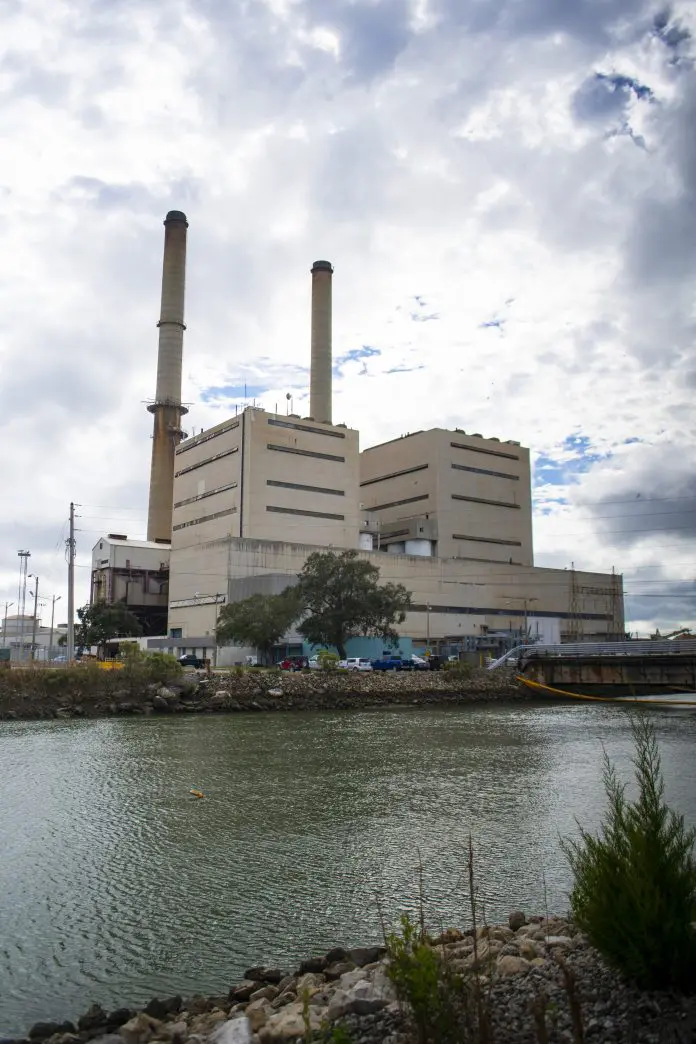


2023 marked the first time that the United States met more than of half of its electricity demand from natural gas. Myriad factors contributed to this milestone, including lower natural gas prices, greater cooling demands this summer, and the continued shift away from coal.
US Energy Information Administration (EIA) data shows that average use of coal-fired generation in the United States declined from 48.5% in the first seven months of 2022 to 39.8% in the same period in 2023, while the capacity factor of gas-fired power generation increased from 54.6% to 57.7% in the same period.
The EIA forecasts US coal production to fall to 486 MMst in 2024, down more than 100 MMst from 2023 and the least annual US coal production since the early 1960s. Decreases in US coal consumption in 2023 and 2024 are consistent with the downward trend in recent years and aide efforts to reduce the carbon intensity of the US economy. The carbon intensity of an economy is a metric which indicates the amount of carbon dioxide (CO2) emitted to produce a unit of electricity.
EIA data shows that coal emits the most CO2 per unit of energy consumed of any fossil fuel. When coal consumption decreases, so do coal-related emissions and overall carbon intensity. These reductions are most pronounced when the energy provided by coal is substituted with a non-emitting energy source, like solar or wind power, or displaced by greater energy efficiency. Natural gas emits less CO2 when combusted than coal per unit of energy consumed.
The EIA expects that US energy-related CO2 emissions decreased by 3% in 2023. Most of this reduction in CO2 emissions is due to less use of coal, with coal-related CO2 emissions declining by 18% from 2022.
The EIA expects total CO2 emissions to fall by 1% in 2024. The decline is primarily because continued reduction in coal consumption results in a 7% decrease in coal-related emissions.
Renewable energy sources remain a growing part of the energy mix and will continue to erode coal’s market share as well. The EIA predicts that coal-fired plants will generate less power in 2024 (599 billion kWh) than the combined generation from solar and wind (688 billion kWh) for the first time on record.